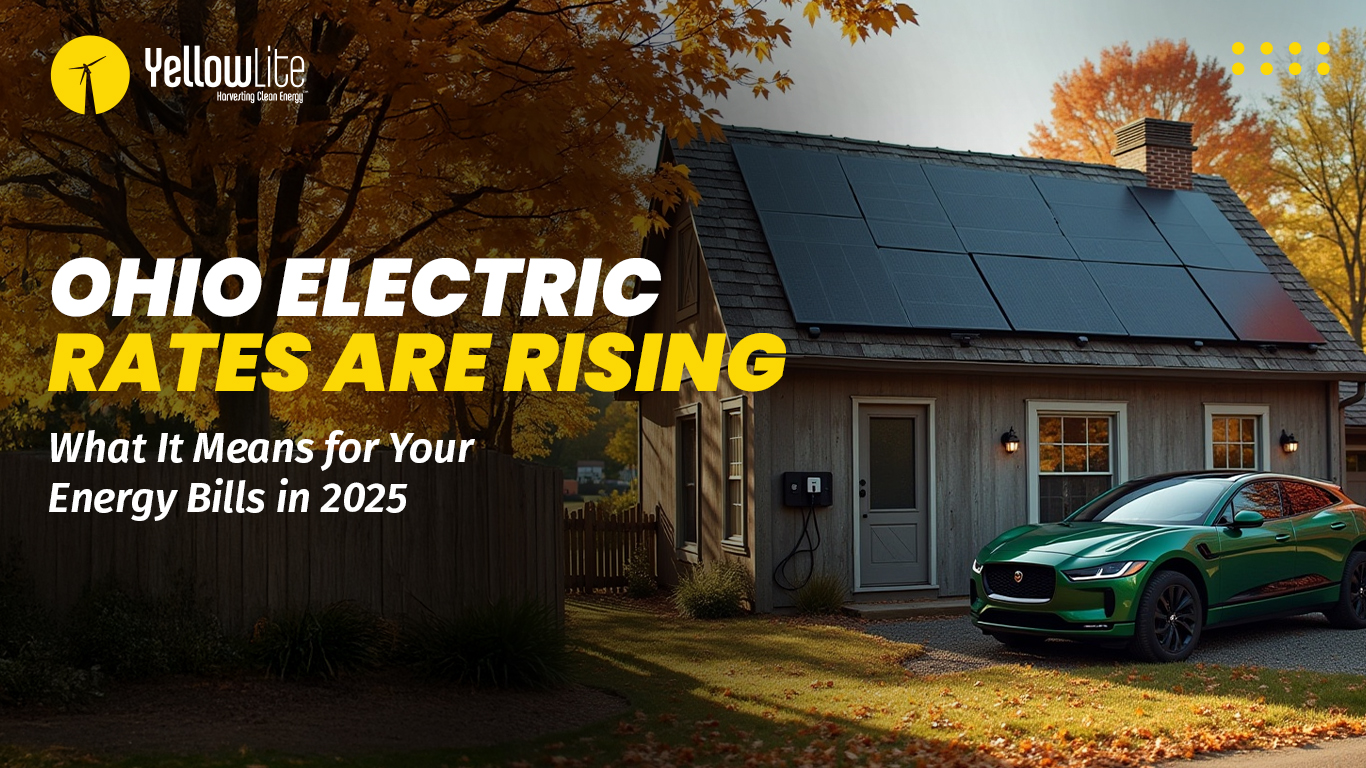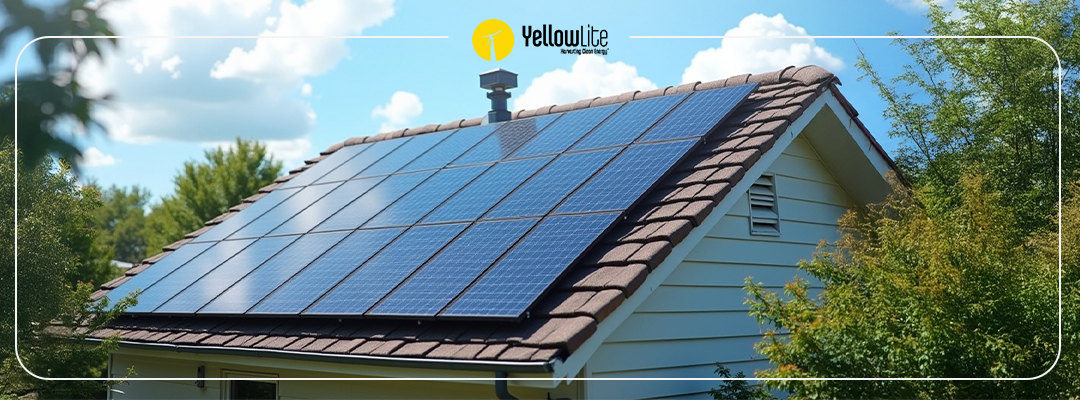There has been a lot written about how the renewable energy industry is an essential part of all plans to protect the environment and perhaps even to theoretically improve future living conditions. Many now understand the sustainability benefits of energy sourced without the need to mine or fabricate fuels. Abundant and free, wind and sunshine are becoming the predominant “fuels” for energy expansion plans, especially now that the country has reached a certain plateau with hydroelectric systems. As the momentum continues to build, we see more resistance. In one form, there is concern over “lost jobs” for the traditional sourcing of fuels. But it is important to look at the other side of the coin, and consider the new jobs and their quality.
Earlier we took a look at what analysts and experts are predicting for Ohio and the country for 2016. In that we mentioned a positive job impact. This post intends to expand on that.
Overview
As a whole, the solar energy industry is booming across the globe and it benefits from a balance in scale. There are ebbs and flows in large, utility scale plants just as there are in distributed scale, residential installations. In one region, the industry may be more mature and reaching a penetration level that triggers a pause. Germany is a well know example. However, for each Germany there may be a Brazil that in experiencing very explosive growth. That explains why the news is steady that solar and clean energy investments in general are increasing, year after year.
And on the global scale, the traditional power industry continues to thrive for a variety of reasons in order to meet the growing demand for energy in many developing nations. So we are far from a scenario where most countries must choose between either renewables or fossil-fueled sources of electricity. Renewable energy is growing in share primarily because it satisfies both the economics and the energy needs of a growing portion of the globe. But, the two are coexisting now and likely will be for a decade or more to come. There are still a lot of jobs.
It is nice to know what is happening all over the world. But it is even more interesting to know what is happening locally. This post does not tackle the Herculean task of studying the full balance of jobs lost and jobs gained. But to contrast what is published and said lately, it is valuable to look at clean energy jobs and consider those in balance against other jobs that may not be needed.
The Midwest and Ohio
Career economists and analysts differ in their estimations about employment and economic impact for any industry. Just as our earlier post referenced The Solar Foundation census results estimating nearly 5,000 solar jobs in the state of Ohio, we find other studies that present new numbers.
The Clean Energy Trust partnered with BW Research and Environmental Entrepreneurs to facilitate a comprehensive survey of clean jobs throughout the Midwest and within individual states in the region. The stats included Illinois, Indiana, Iowa, Kansas, Michigan, Minnesota, Missouri, Nebraska, North Dakota, Ohio, South Dakota, and Wisconsin. We encourage you to visit their site and dig into the details further. But here are a few and key highlights:
While state policy has been sidelined, solar jobs still grew by almost 3,000, from 4,846 up to 7,661. Overall in renewables, wind energy generation jobs dropped significantly (down 56% from 2,589 to 1,138), but the total job count increased.
Looking at clean jobs as a whole, the region employs almost 590,000 people.
Ohio is second only to Illinois in total clean energy employment of over 100,000 people.
| State | Clean Energy Jobs | State Workforce | Clean Share |
| Illinois | 113,918 | 5,925,524 | 1.92% |
| Ohio | 100,782 | 5,308,099 | 1.90% |
| .......... | .......... | .......... | .......... |
Solar jobs accounted for nearly 7,700 jobs in Ohio and with that number the state leads all others in the region.
| State | Solar | Wind |
| Ohio | 7,661 | 1,138 |
| Illinois | 4,272 | 3,549 |
| Michigan | 4,969 | 4,068 |
| .......... | .......... | .......... |
These are Good Jobs
It should also be noted that the solar industry has worked hard at doing more than mitigating environmental impact. Groups have established voluntary standards and practices in an effort to make both solar corporations and individuals working in the field better for the community. The Solar Energy Industries Association (SEIA) perhaps has one of the better defined efforts.
For the past decade most every solar job pays much better than the average job in the country as noted in the graph at the top of this post. A quick snapshot in 2014 shows installers were making between $20 and $24 on average, and solar designers were making over $35 dollars, on average. So even the majority of the jobs, the hands-on installers, make significantly above the national average.
As with many well-paying fields that require certain skills, there can be a downside where finding the additional people to fill the jobs becomes more challenging.
Your Message
No matter whether we all rely on The Solar Foundation Census values or the Clean Energy Trust in depth study of data, the fact is thousands of Ohio citizens benefit from the booming growth in renewable energy and especially solar energy systems on every scale. From rooftop projects on individual homes to the larger scale solar farms, every investment not only makes a sustainability statement, but it also bolsters the different and higher paying kind of jobs many want. Some communities recognize this, and use it as a further justification for solar buying programs. Lorain County residents may be the next prime example.
Interested in learning more about YellowLite’s renewable energy solutions? Reach out to us today to learn more.



